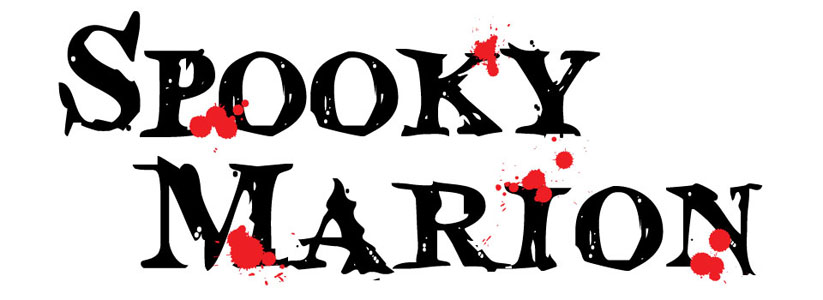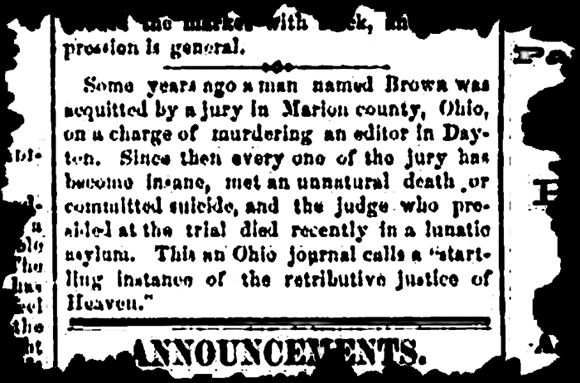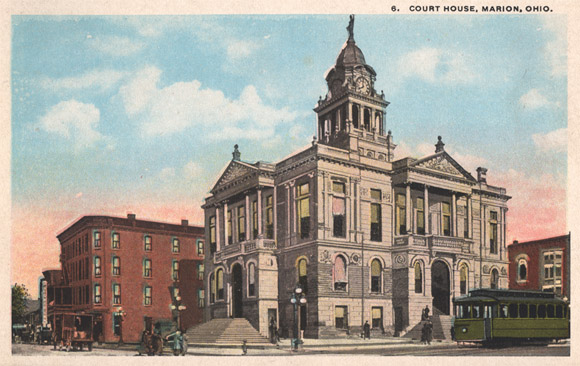Rocky’s Cyclery and Fitness, located at 239 East Church Street, is a Marion institution. Like the Jer-zee or the OK Café or the Palace Theatre, it’s one of those places that seems like it’s always been there, and it would be hard imagining Marion without it. The building, however, has been home to a few different businesses over the years, one of which might be an explanation of sorts for the stories I recently heard while interviewing a few of the bike mechanics who work up there. But more on that in a minute…
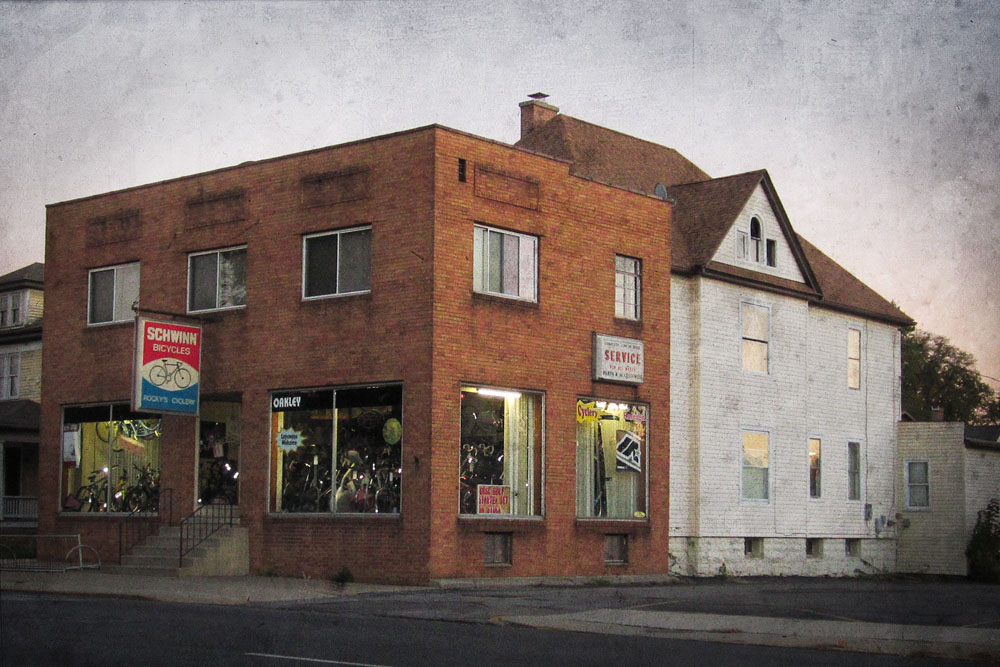
Viewed from the side, one is struck by how big and rambling Rocky’s actually is. Just off of the sales area in the front of the building is owner Carol Poston’s office and a well-equipped workshop, both of which most regular customers have wandered into at one time or another. There’s also an apartment on the second floor. Anyone venturing a bit deeper into the building to, say, the dimly-lit rooms in the basement or the squeaky-floored rooms behind the workshop will most certainly find a great number of bikes as well as the parts needed to service them. And just maybe, one might also come across a ghost or two.

Jessie Green, a Tri-Rivers student who’s been working at the shop since the beginning of the year, has a tire problem – specifically, they don’t want to stay put. On the day I was at Rocky’s, he took me down into the basement where the tire room is located. Jessie said that often and without explanation the tires move. “I’ll leave the tire room with everything where it should be and when I go down there again, the tires will be scattered or in piles. I’ll come back upstairs and be like, ‘Who moved the tires?’ And nobody’s been down there.” Another mechanic, Thaddeus Smith, says the door leading to the rooms behind the workshop routinely opens and closes by itself, though whether it’s just a draft or something more ethereal is something he wouldn’t speculate on. Annette Stark, a former tenant in the apartment over the store, says that while she was living there she and her daughters always felt as if someone were watching them in the hallway leading to the apartment. “I would [also] hear what sounded like footsteps coming from the attic.”
Rocky Rhoades, the shop’s namesake, opened his first bike shop in 1972 in downtown Marion before moving to the current building in 1974. In 2003, having been diagnosed with pancreatic cancer, Rocky sold the business to Glen Poston, himself a passionate and devoted bike rider, and Glen’s wife, Carol.
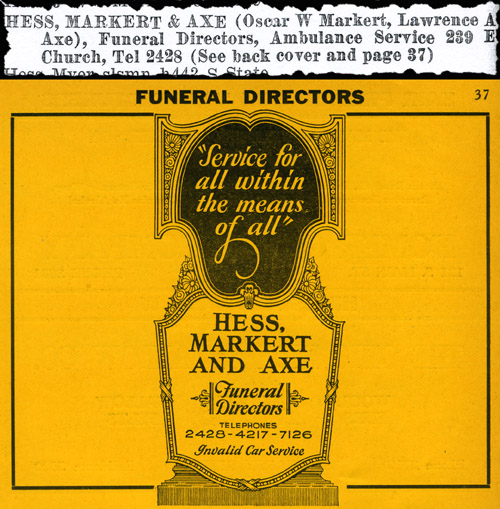
Before Rocky bought the building, the property had been, according to Stuart Koblentz, the private residence of a family named Miller and, according to Carrie Hutchman, Indoe’s, which was a store offering “heating, appliances and televisions.” More interestingly, according to Hutchman, “Between 1929 and 1931 it was the Hess, Markert & Axe Funeral Home. From 1934-1938 it was known as the Axe Funeral Home, L.A. Axe, director.”*
Naturally, it would be convenient to argue that it was during the building’s years as a funeral home that a few restless spirits settled there. For her part, Carol remains skeptical. However, she says that, “if there are a few ghosts, I like to think they’re friendly ones.” Or maybe just mischievous ones who delight in unnerving bike mechanics by hiding their tires or shutting doors on them.
*For those readers who are members of Facebook and are interested in Marion’s history, I recommend becoming a member of the “Growing up in Marion, Ohio” Facebook group. The nearly 14,000 members have a wealth of information about our hometown as well as a willingness to share it. They were certainly helpful in the development of this story.
